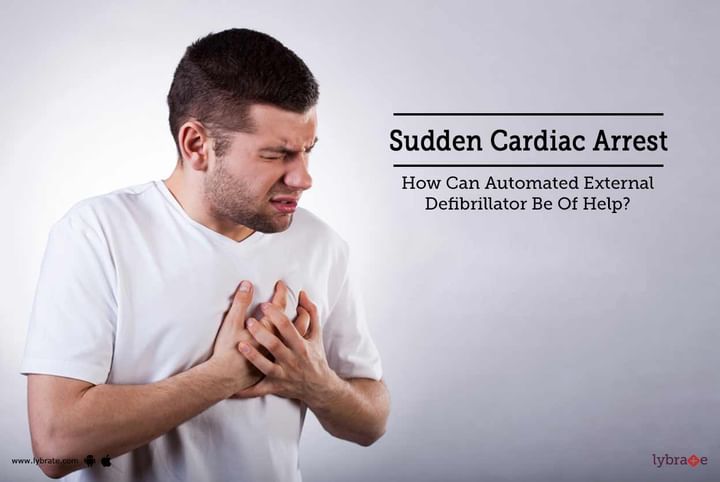Sudden Cardiac Arrest - How Can Automated External Defibrillator Be Of Help?
A sudden cardiac arrest is not same as a normal heart attack. While a heart attack refers to the blocking of blood flow to the heart, a sudden cardiac arrest refers to when the heart stops beating unexpectedly. Sudden cardiac arrests occur without warning and often this condition is triggered by electrical malfunctioning in the heart that causes arrhythmia. When the heart stops beating, blood cannot be pumped to the brain and other organs and the person loses consciousness. If a patient does not receive immediate treatment, this could be fatal. Hence it is important to know what first aid a person experiencing a sudden cardiac arrest requires.
Help: Do not wait for someone else to help a person experiencing a sudden cardiac arrest. The first few moments after such an experience are critical and hence your decision to help is what could save the person’s life.
Call a Doctor: The first thing to do when you see someone experiencing a cardiac arrest is to call emergency and request an ambulance. If you do not have a phone available, ask someone else to do it.
CPR: After a cardiac arrest, it is essential to get the heart to start beating again as soon as possible. CPR or Cardiopulmonary resuscitation can save lives in this situation. If you are trained in this procedure, start with 30 chest compressions before checking the patient’s airway and performing rescue breathing. If you are not trained in CPR, ask the people around if anyone else is.
If no one around can perform CPR, start hands-only CPR. Make the person lie flat on their back and kneel next to their shoulders. Place the heel of one palm in the centre of the person’s chest with the other hand over it. Keep your elbows straight and position your elbows such that they are directly over your hands. Use your upper body weight to push down straight on the person’s chest and release. Try and achieve a rate of 100 compressions a minute. Continue until the person starts breathing again or medical help arrives.
Use an Automated External Defibrillator (AED)
If an AED is available, place the electrode pads on the person’s chest as shown in the diagrams that come along with the AED. Follow the visual and voice prompts. Do not worry if the AED shocks the patient as this electrical therapy can help restart the heart.



+1.svg)
